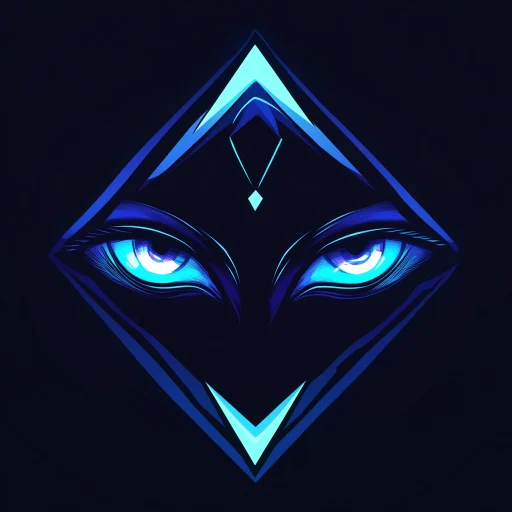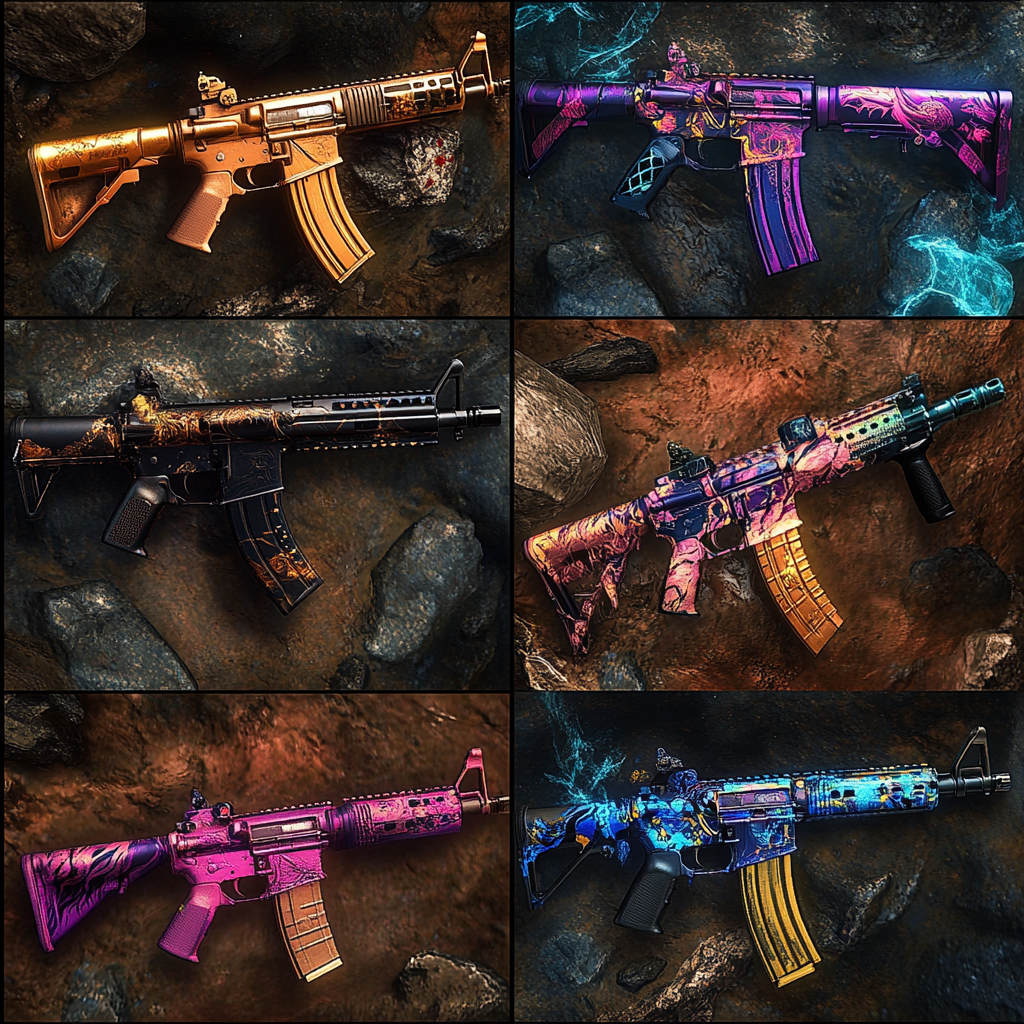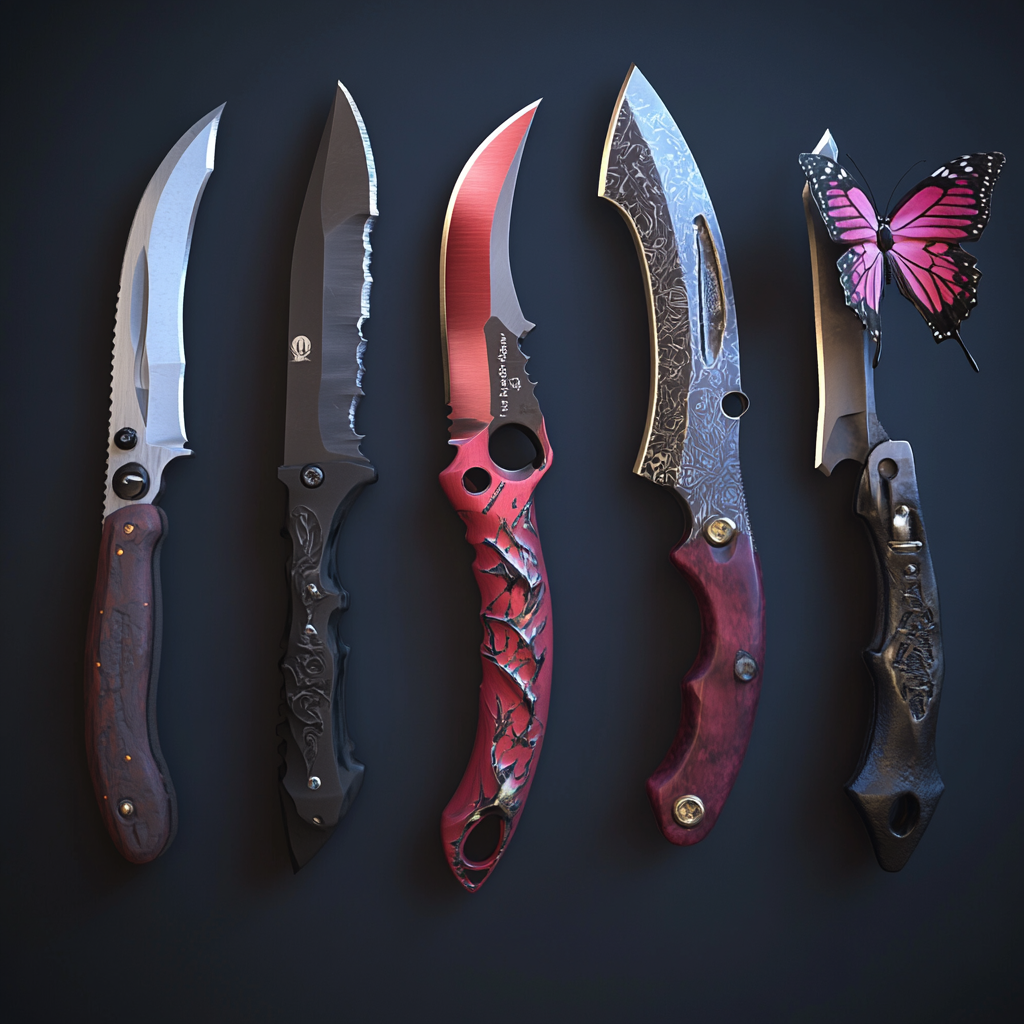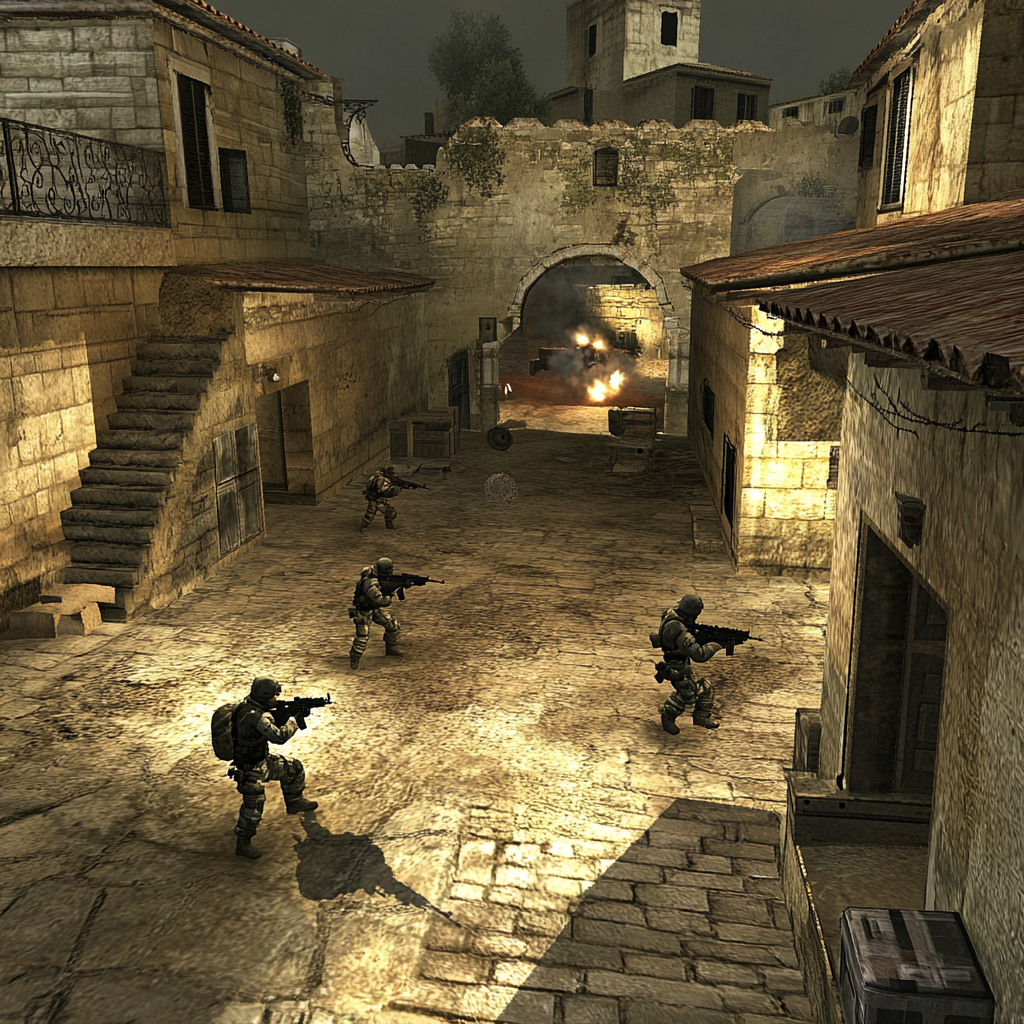Weapon skins, or “skins,” have become one of the most recognizable and influential aspects of Counter-Strike. What began as a simple cosmetic addition evolved into a cultural phenomenon, shaping community identity, in-game economy, and even influencing esports broadcasting.
The Beginning: Arms Deal Update
In 2013, Valve introduced the Arms Deal update to CS:GO. It was a groundbreaking moment. For the first time, players could own cosmetic variants of their weapons, obtained from cases dropped after matches or bought from the Steam Market.
Case Drops and Rarity System
Skins were categorized by rarity — from Consumer Grade (gray) to Covert (red). This rarity system, combined with the excitement of opening cases, created an instant collector’s appeal. The addition of StatTrak variants added a personal touch, tracking a weapon’s kills in real time.
Iconic Skins That Shaped the Market
AWP Dragon Lore, AK-47 Fire Serpent, and M4A4 Howl became legends, not just for their looks but for their rarity and value. The Howl, in particular, became infamous after a copyright dispute led to its removal from future cases, instantly raising its value as a “contraband” skin.
Community Artists and Skin Creators
Valve opened up the Workshop, allowing community members to submit skin designs. Many creators saw their work officially added to the game and began to earn royalties. This fueled a creative surge, with thousands of user-made skins vying for a spot in future cases.
Skins as Status Symbols
Over time, skins became more than aesthetics. Owning a rare knife or Factory New weapon became a way to showcase status and dedication. Some esports players became closely associated with their iconic skins, and these cosmetics often appeared in highlight clips and tournaments.
Third-Party Marketplaces
As the skin economy grew, third-party marketplaces emerged, offering trading, pricing tools, and auctions. While Valve’s Steam Market remains central, platforms like buff csgo, buff market, and others became part of daily skin trading culture. However, Valve always reminded users to be cautious and avoid scams.
The Transition to CS2
When CS2 was announced, one major concern was skin compatibility. Valve ensured that all skins would transfer — and even look better — thanks to the Source 2 engine’s lighting and materials. Many older skins received visual improvements, breathing new life into collections.
The Future of Skins
With each new case, new finishes and effects are introduced — from pearlescent textures to animated holographics. The concept of skins continues to evolve, not just visually but culturally, impacting how players express themselves and interact with the game.
Conclusion
Weapon skins started as a cosmetic gimmick but have become a core pillar of the Counter-Strike experience. They reflect the game’s culture, the creativity of its community, and the dynamic nature of its economy. As CS2 grows, skins will undoubtedly remain a central part of its identity.






Leave a Reply